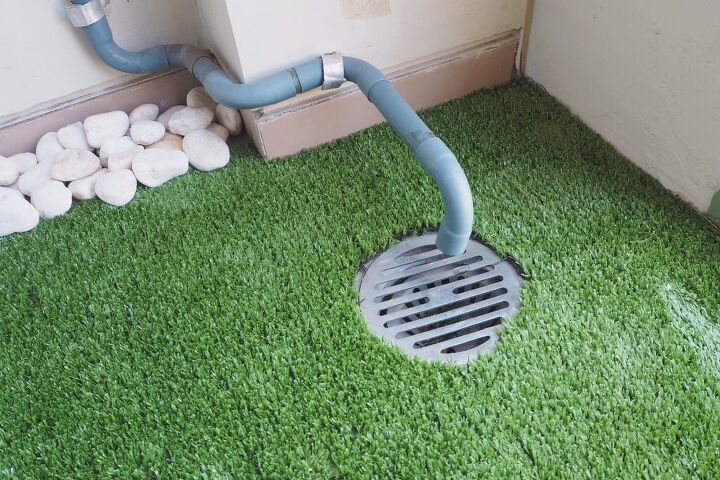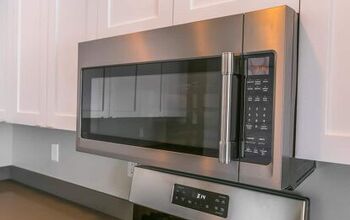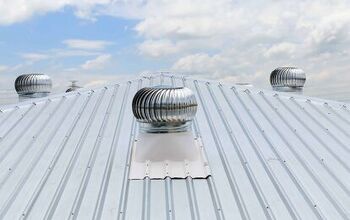Does A Condensate Line Need A Vent?

Your new HVAC system is installed and running smoothly. However, you notice when the AC runs, there is a trickle of water from a pipe into a floor drain in the HVAC closet. Your HVAC technician explained the drain collects the condensate from the coils when the AC runs. Shouldn’t the drain have a vent like the other drains in the house?
In general, condensate drain lines on HVAC coils do not require a vent. HVAC drain lines should never be hard plumbed to a sanitary sewer line under any circumstances. Residential installations usually drain the condensate into a convenient floor drain. The condensate drainpipe should have an adequate air gap between the floor drain and the end of the pipe.
When installing a condensate drain line on an HVAC system, there are numerous other considerations. You should always consider the manufacturer’s recommendations to protect the warranty on the unit. Local building codes may also stipulate requirements for condensate drain lines. Best practices should always be followed to protect the HVAC unit and the home.
Do You Need Ducts or Vents Installation or Replacement?
Get free, zero-commitment quotes from pro contractors near you.

Why Does My HVAC System Need a Drain Line?
HVAC systems, by nature, capture moisture from the air as it is heated and cooled. In most residential installations, a positive pressure system is usual. These positive pressure systems blow air under a slight pressure across the heating and cooling coils. As the moisture-laden air crosses the hot or cold coils, it is common for water to collect.
This water must be removed from the system to prevent rust and corrosion. The moisture can also support mold and mildew growth inside the HVAC unit. Collecting and removing the condensate drain water from your system is a matter of health. This is especially true of heat pumps that use the same coil for heating and cooling.
If It Is a Drain, Why Doesn’t It Need a Vent?
It is a drain, but not in the ordinary sense of the other drains in your home. Several factors make a vent unnecessary on a condensate drain from your HVAC system.
Normal drains in your home that are hard plumbed to the sanitary sewer system require vents to ensure that waste in the pipes flows freely. The vent pipes on the drains in your home prevent a vacuum from being created in the drainpipe. A vacuum in the drains pipe could cause waste to not flow properly and introduce sewer gas into your home.
Since a properly installed condensate drain is never hard plumbed to the sanitary sewer system, there should never be a problem with the drain from the HVAC unit.
Positive Pressure Systems
Most residential HVAC systems are positive pressure systems. A fan blows air across the heating or cooling coils and circulates the air through your home. This creates a slight positive pressure in the coil housing, which works to your advantage in the condensate drain.
This positive pressure helps move any water in the drain line down the pipe. A properly installed condensate drain that runs horizontally should have at least a ¼” drop for every 10-feet of pipe run.
If you are concerned about efficiency and worry about the air loss through the vent pipe, your HVAC technician may install a trap in the condensate drain line. A trap holds a small amount of water to stop the airflow through the condensate drainpipe. However, the amount of air loss through a condensate drain is minimal. In most instances, adding a trap to a condensate line is unnecessary.
Negative Pressure Systems
Some HVAC systems may operate with negative air pressure on the coils. These negative pressure systems place the fan after the coils pulling air over the coils. The negative air pressure in the coil housing usually requires a trap on the condensate drain line. However, a vent is usually unnecessary.
Adding a trap to a negative pressure system helps keep outside air and contaminates from being drawn into the HVAC system. This aids in the efficiency of the system. The negative pressure in a condensate drain can prevent the discharge water from draining properly. If the water backs up and overflows the drain pan, your HVAC system or home may suffer considerable damage.
Adding a trap to a negative pressure system condensate drain allows the water to flow freely, keeping your system and home safe. If a vent is installed on a negative pressure system must be placed after the trap. Otherwise, the vent will allow outside air back into your HVAC system and prevent the trap from working properly.
Where Should the Condensate Line Discharge?
Ideally, your condensate drain should discharge into a floor drain near your HVAC system. Unfortunately, many older homes don’t have drains installed in the HVAC space. It was not uncommon for a condensate line in older homes to drain onto a concrete garage floor or through a wall and outdoors onto the ground.
The local building code specifies how condensate drains should be terminated in many locations. These building codes often call for the drain to feed into a floor drain connected to the sanitary sewer system. The drain line should end a few inches above the floor, making an air gap in the drain system.
Some building codes still allow condensate lines to drain directly outside and onto the ground. In addition, many roof-mounted HVAC systems drain condensate directly onto the roof. Check with your plumber or your HVAC technician to ensure the condensate drain installation meets local building codes.
Can I Use the Condensation Water From my HVAC system?
You may be tempted to collect the water from the condensation drain on your HVAC system. Some people want to water their garden or plants with this collected water. We don’t recommend collecting condensate water to use around your home.
The drain line and the coils can harbor mold and mildew, making the water unsafe. Rather than risk your health, let the drain line do its job and put the water into the floor drain as recommended.
Do You Need Ducts or Vents Installation or Replacement?
Get free, zero-commitment quotes from pro contractors near you.

Condensate Drain Lines – Simple Yet Vital
The condensate drain line on your HVAC system is a vital part of keeping your system operating at peak efficiency. Removing the collected water prevents the condensate from damaging your HVAC system and, potentially, your home. Vent pipes are not normally needed on condensate drain lines if properly installed and maintained.

Dennis is a retired firefighter with an extensive background in construction, home improvement, and remodeling. He worked in the trades part-time while serving as an active firefighter. On his retirement, he started a remodeling and home repair business, which he ran for several years.
More by Dennis Howard



























